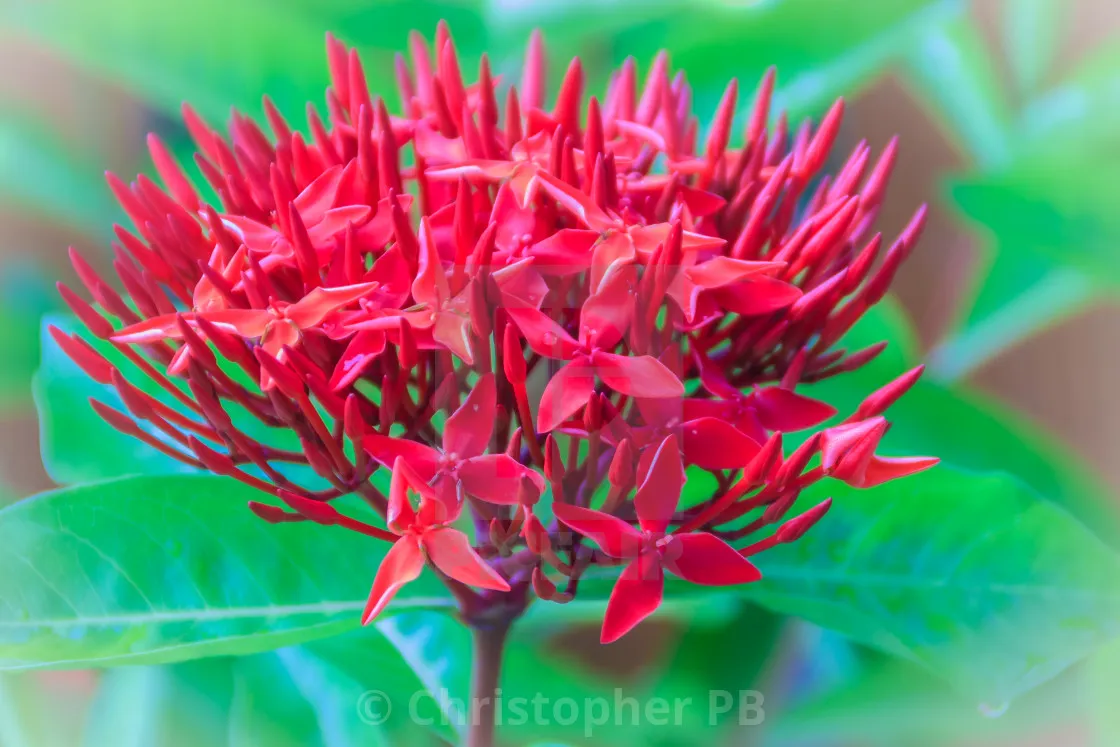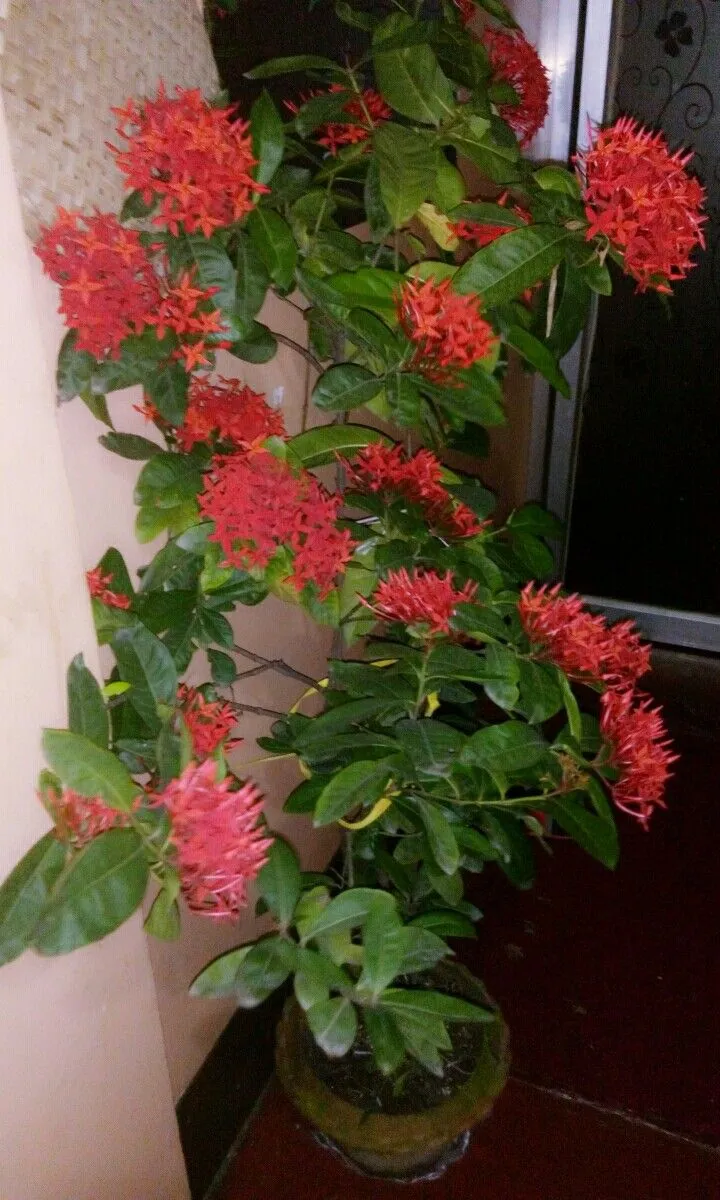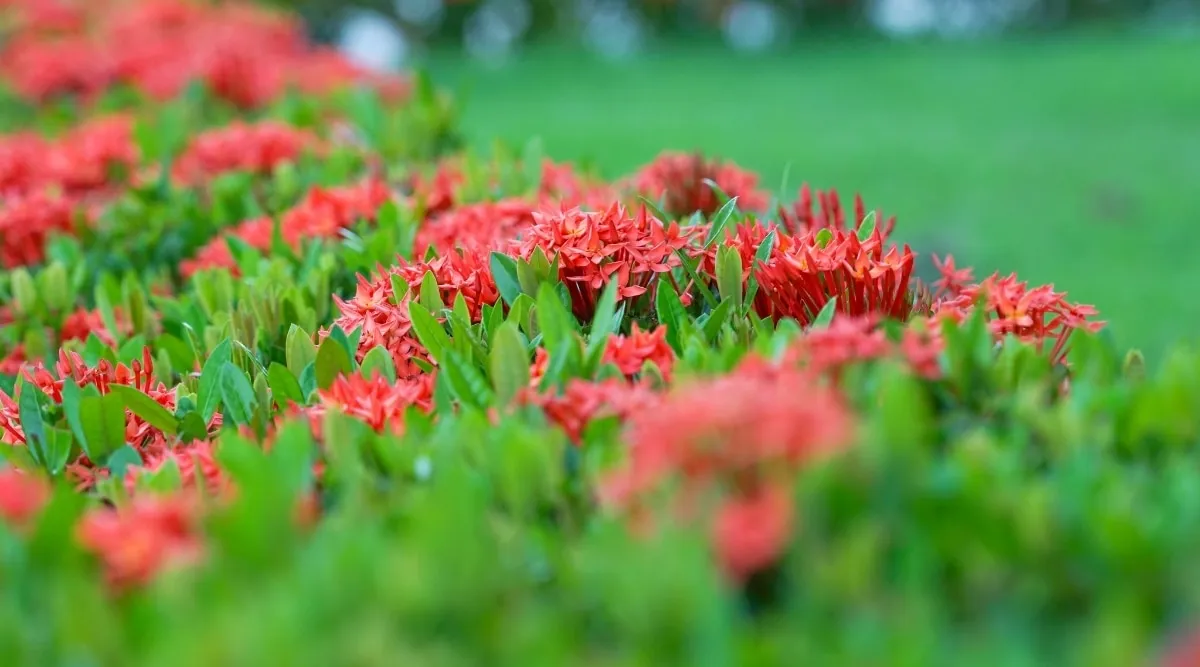West Indian Jasmine: A Fragrant and Beautiful Flower
When it comes to flowers, West Indian Jasmine is a popular choice for many people. This beautiful flower is not only visually stunning, but it also has a sweet fragrance that is sure to delight anyone who comes into contact with it. In this article, we will explore the West Indian Jasmine in more detail, including its history, physical characteristics, and how to care for it.
History of West Indian Jasmine
West Indian Jasmine, also known as Plumeria, is a flowering plant that is native to Central America, Mexico, the Caribbean, and South America. It is a member of the dogbane family, which includes other popular plants such as milkweed and oleander. The plant was first introduced to the United States in the 1800s and quickly gained popularity due to its beauty and fragrance. Today, it can be found in many tropical regions around the world, including Hawaii, Thailand, and India.
Physical Characteristics of West Indian Jasmine
West Indian Jasmine is a small tree or shrub that can grow up to 20 feet tall. It has thick, succulent stems and large, leathery leaves that are arranged in a spiral pattern. The leaves are shiny and dark green, and they can grow up to 20 inches long. The flowers of the West Indian Jasmine are what make it so popular. They are large, showy, and come in a variety of colors, including white, pink, red, yellow, and orange. The flowers are also very fragrant and can be smelled from a distance.
How to Care for West Indian Jasmine
If you are interested in growing West Indian Jasmine, there are a few things you should know about caring for this beautiful plant.
Planting
West Indian Jasmine prefers to grow in warm, tropical climates with plenty of sunlight. If you live in a cooler climate, you can still grow this plant in a greenhouse or as a houseplant. When planting West Indian Jasmine, make sure to choose a location with well-draining soil. The plant does not like to be in standing water, so make sure the soil is moist but not waterlogged.
Watering
West Indian Jasmine needs to be watered regularly, especially during the growing season. Water the plant deeply once a week, making sure to saturate the soil. During the winter months, you can reduce the amount of water you give the plant.
Fertilizing
To keep your West Indian Jasmine healthy and blooming, it is important to fertilize it regularly. Use a balanced fertilizer with equal amounts of nitrogen, phosphorus, and potassium. Apply the fertilizer once a month during the growing season.
Pruning
West Indian Jasmine can be pruned to control its size and shape. Prune the plant in the early spring before new growth begins. Remove any dead or damaged branches, and cut back any branches that are growing too long.
Uses for West Indian Jasmine
West Indian Jasmine is a popular flower for use in floral arrangements due to its beauty and fragrance. It is also used in the production of perfumes and other fragrances. In addition, West Indian Jasmine has a number of medicinal properties. It has been used to treat a variety of ailments, including fever, coughs, and headaches.
Conclusion
West Indian Jasmine is a beautiful and fragrant flower that is sure to delight anyone who comes into contact with it. Whether you are looking to grow it in your garden or use it in a floral arrangement, this plant is a great choice. With proper care and attention, your West Indian Jasmine will thrive and continue to bring joy and beauty to your life.
Frequently asked questions about West Indian Jasmine wallpapers
Q: What is West Indian Jasmine?
A: West Indian Jasmine, also known as Plumeria, is a tropical flower native to Central America, Mexico, and the Caribbean. It is known for its fragrant scent and colorful petals.
Q: How many West Indian Jasmine pictures are available on your website?
A: We have 30 high-quality West Indian Jasmine pictures available for free download on our website.
Q: Can I use the West Indian Jasmine pictures for commercial purposes?
A: Yes, you can use the West Indian Jasmine pictures for commercial purposes as long as you credit our website as the source of the images.
Q: What file types are available for download?
A: You can download the West Indian Jasmine pictures in three different file types: .jpg, .png, and .webp.
Q: Can I choose the size of the West Indian Jasmine pictures?
A: Yes, you can choose the size of the West Indian Jasmine pictures by selecting the width and height you prefer. We also automatically detect the visitor's mobile screen size and choose the right size for the visitor.
Q: Are the West Indian Jasmine pictures free to download?
A: Yes, all of the West Indian Jasmine pictures on our website are free to download.
Q: Do I need to create an account to download the West Indian Jasmine pictures?
A: No, you do not need to create an account to download the West Indian Jasmine pictures. They are available for free download to all visitors of our website.
Q: Can I modify the West Indian Jasmine pictures after downloading them?
A: Yes, you can modify the West Indian Jasmine pictures after downloading them to suit your needs. However, we ask that you credit our website as the source of the original images.
Q: Can I share the West Indian Jasmine pictures on social media?
A: Yes, you can share the West Indian Jasmine pictures on social media as long as you credit our website as the source of the images.
Q: Can I use the West Indian Jasmine pictures for personal use?
A: Yes, you can use the West Indian Jasmine pictures for personal use, such as desktop wallpapers or printouts for personal decoration.































